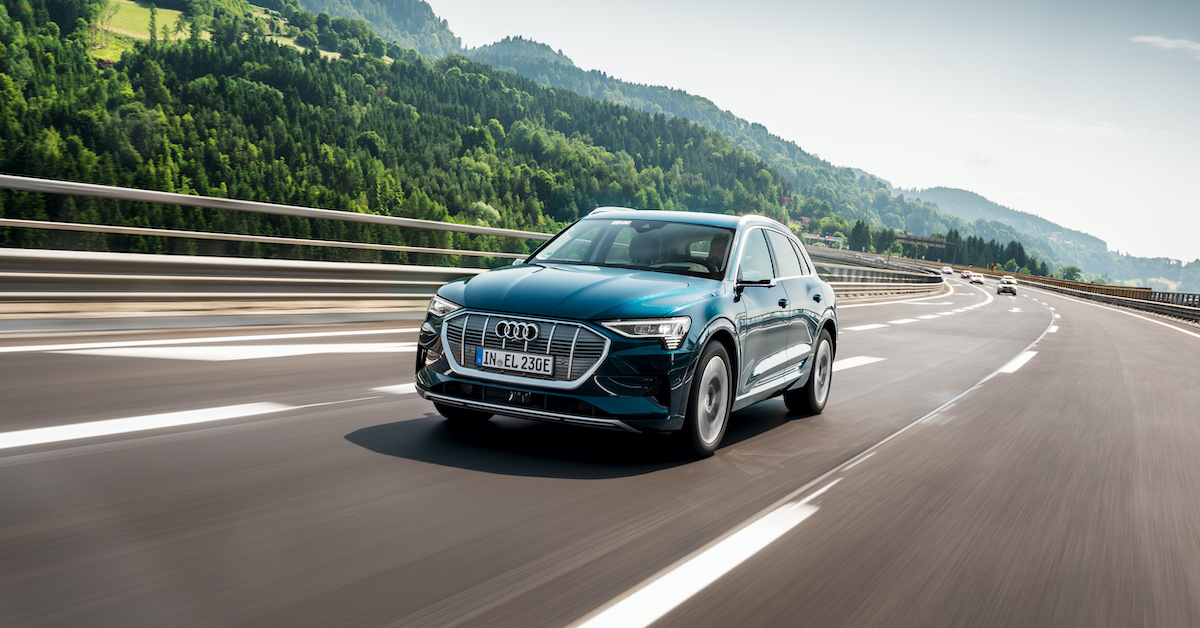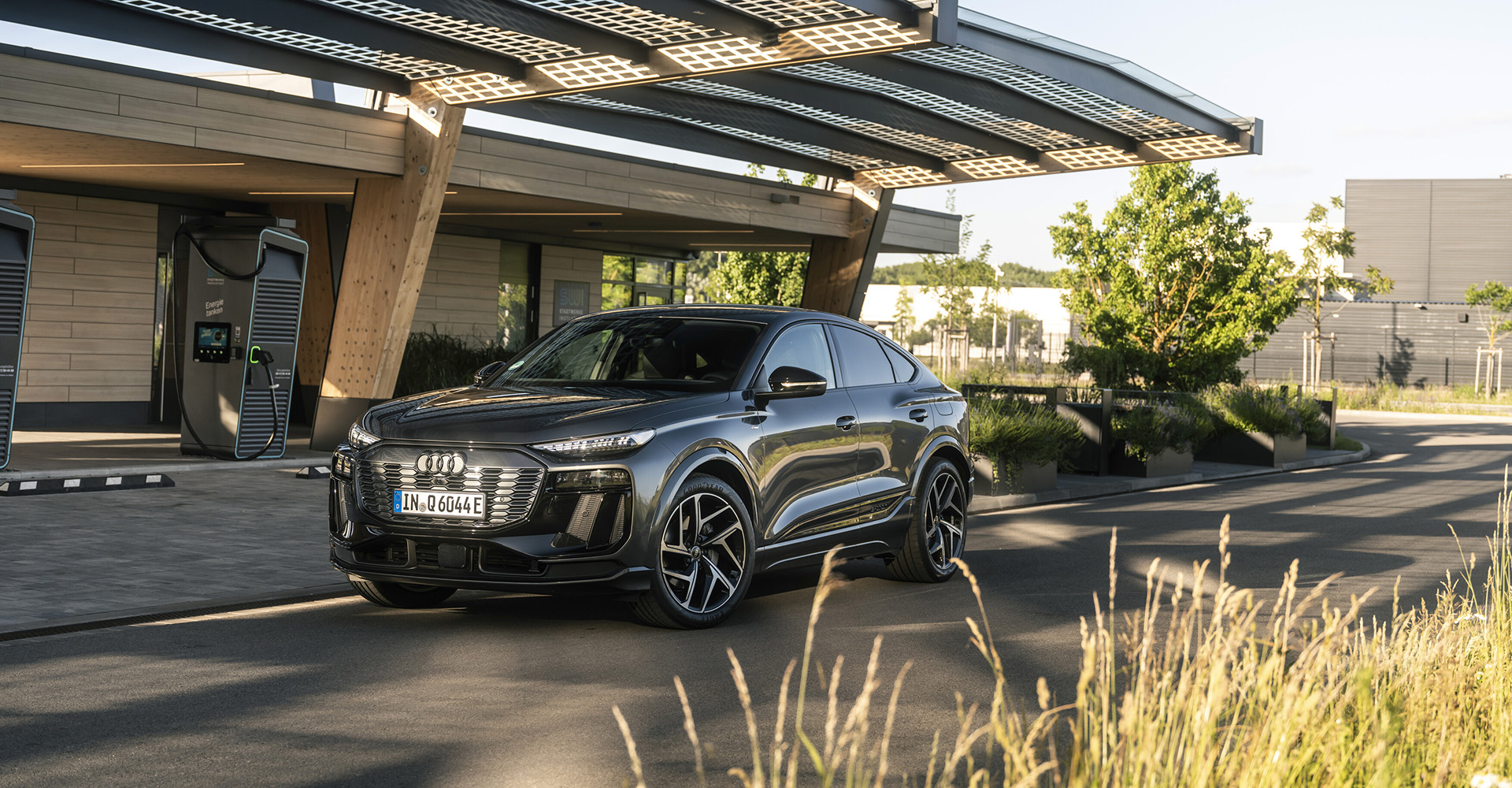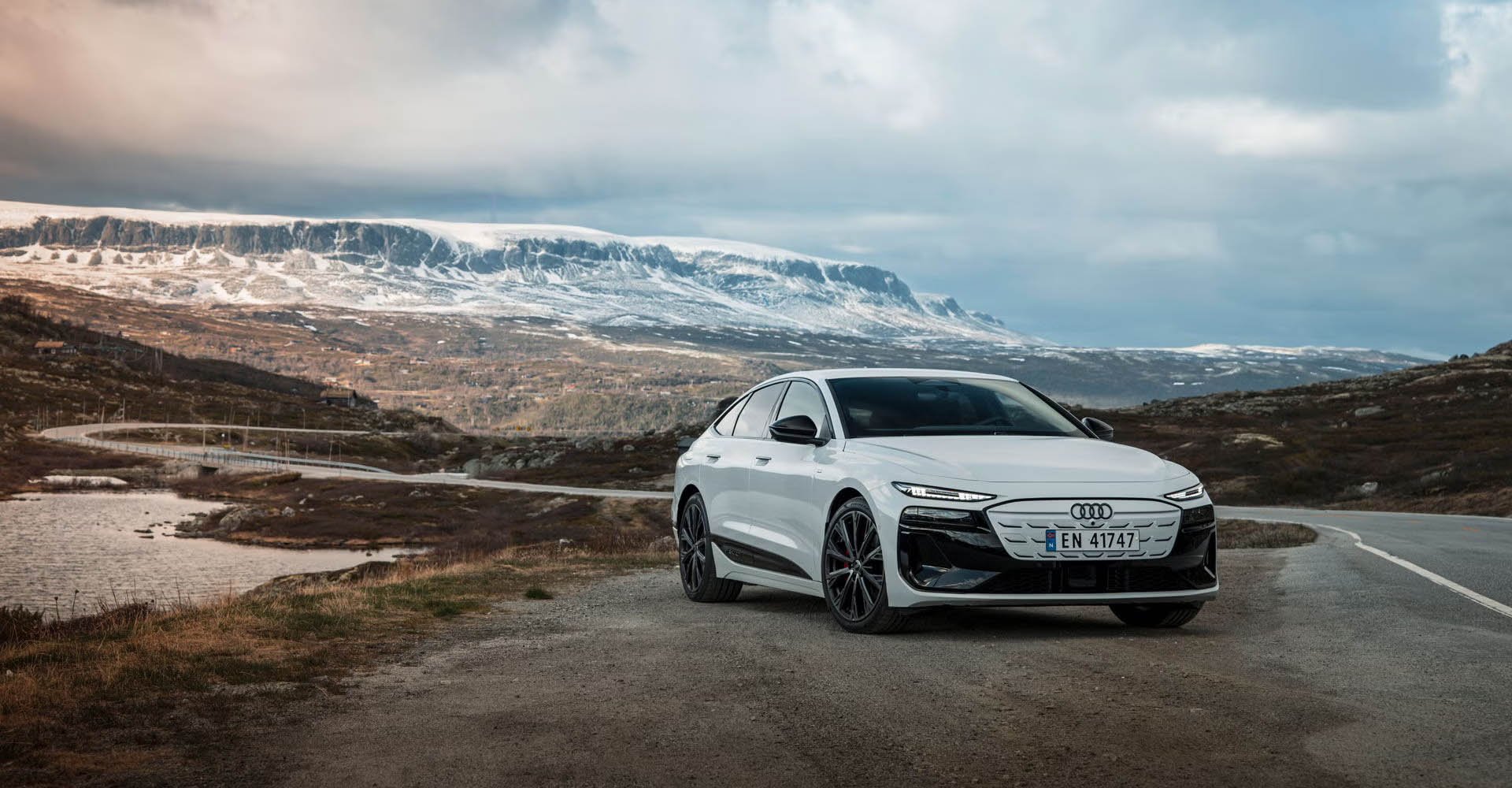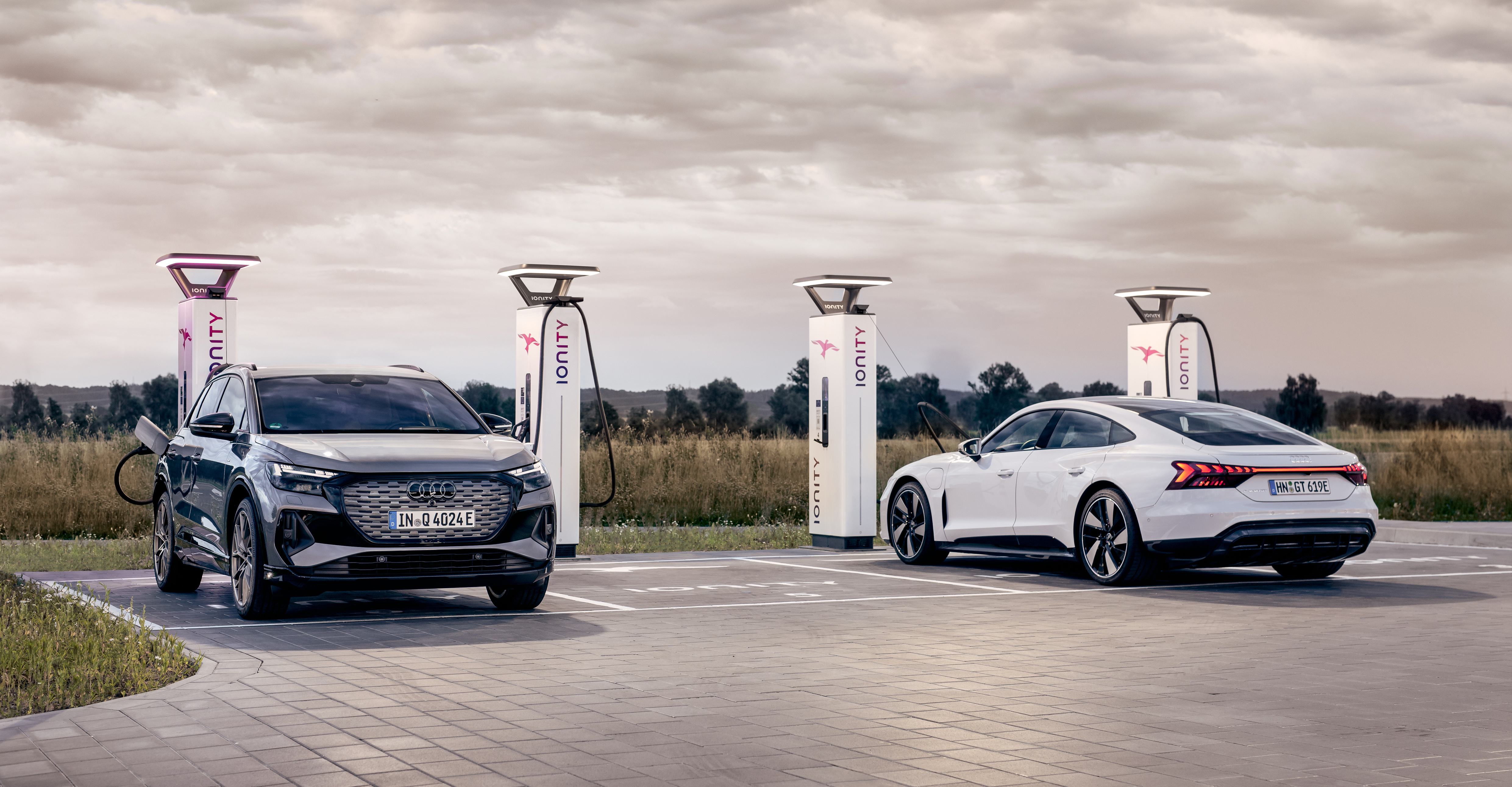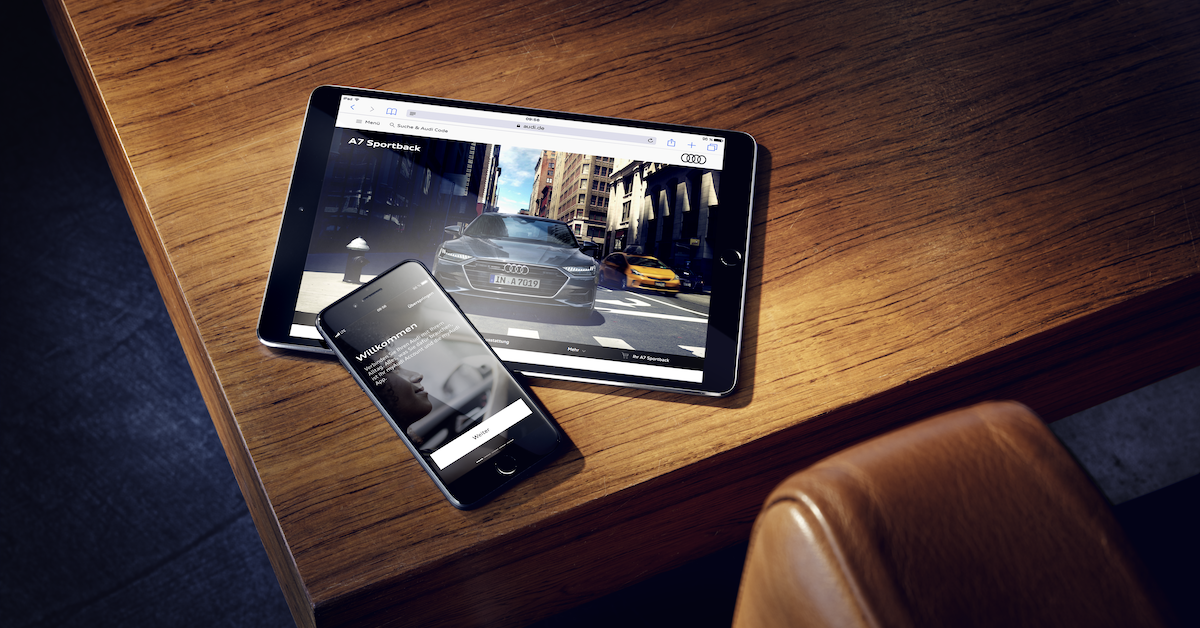E-mobilnost 27.11.2025
- Domov
-
Modeli
-
Elektromobilnost
-
Svetovanje & nakup
-
Servis & dopolnilna oprema
-
Servis & dopolnilna oprema
- Pregled
- Servis
- Dopolnilna oprema
- Aktualno
-
- Rabljena vozila
-
Audi svet

Nižji stroški in udobnejša vožnja z električnimi avtomobili
Nakup električnega avtomobila ne pomeni le manjšega vpliva na okolje, ampak je pametna odločitev tudi s finančnega stališča. Z naraščanjem števila polnilnic pa je tudi vožnja brezskrbna in udobna. O predostih električnih avtomobilov smo se pogovarjali z Dušanom Lukičem, vodjo projekta Nova mobilnost pri Porsche Slovenija.
20.08.2020 Avtor: Audi Team Fotografije: Arhiv Audi
“We only create things that can become real in some form. The technology has to exist to make the concept feasible.”
Kaj pa pravne osebe? Vlada je leta 2019 občutno znižala boniteto za uporabo službenih električnih vozil v zasebne namene? Kako se ta občuti na stroških službenega vozila v praksi?
V primerjavi s službenim avtomobilom z motorjem z notranjim zgorevanjem ima uporabnik električnega službenega avtomobila, ki ga uporablja tudi v zasebne namene, veliko manjše stroške. Boniteta se namreč obračuna po 0,3-odstotni namesto 1,5-odstotni stopnji . Ugodnejša boniteta je omejena na vozila, ki vključno z davkom na dodano vrednost ne presegajo 60 tisoč evrov, za avtomobile nad to mejo pa velja klasična boniteta. Na primer: pri Audiju e-tron s ceno 90 tisoč evrov je bruto bonitete 630 evrov, pri Audiju Q8 z isto ceno pa je bruto bonitete 1.350 evrov.
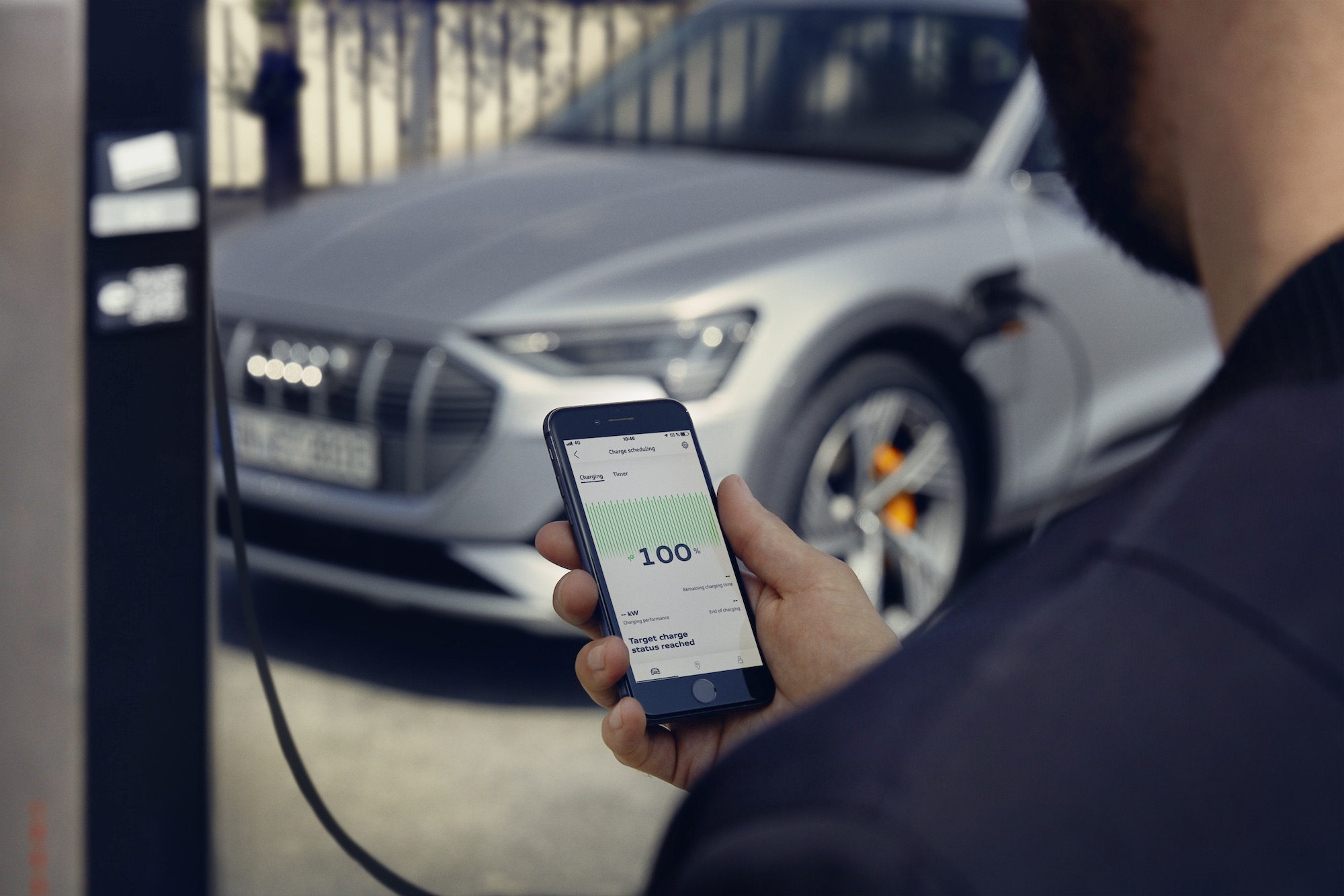
Kakšne so prednosti nakupa električnega družinskega avtomobila in pod kakšnimi pogoji je to smiselno?
Nakup električnega, družinskega ali poslovnega avtomobila je smiseln za skorajda vsakogar, izjema so le tisti, ki opravljajo veliko res dolgih in hitrih poti in se jim zdi, da šteje vsaka minuta, in tisti, ki nimajo možnosti polnjenja doma, hkrati pa se ne želijo prilagajati omejitvam, ki jih to prinaša. Za vse ostale je električni avto odlična rešitev. Kljub nekaj višji nabavni ceni (ki pa jo precej zmanjša subvencija Eko sklada), je strošek njegove uporabe nižji od primerljivega avtomobila z motorjem z notranjim izgorevanjem. Največja razlika je pri stroških za gorivo: ti tudi pri najbolj varčnih dizelskih modelih le stežka padejo pod 5 evrov za 100 kilometrov, medtem ko bo večina lastnikov električnih vozil za elektriko plačevala le okoli evro in pol na 100 kilometrov. Ponekod, predvsem na nekaterih javnih polnilnih postajah, je polnjenje celo zastonj - predvsem na nekaterih javnih polnilnih postajah, seveda pa ne smemo zanemariti še drugih ugodnosti. Tako je za električne avtomobile ob polnjenju parkiranje po navadi brezplačno, ugodnejši so stroški registracije in ponekod še zavarovanja, za več kot polovico nižji pa so tudi stroški rednega vzdrževanja. K temu lahko dodamo še veliko lagodnejšo vožnjo in serijsko vgrajene funkcije, ki jih je treba pri klasičnih vozilih dokupiti, kjer se to sploh da (na primer predgretje ali predhlajenje vozila prek aplikacije na pametnem mobilniku ali s časovnikom v vozilu).
Kaj pa pravne osebe? Vlada je leta 2019 občutno znižala boniteto za uporabo službenih električnih vozil v zasebne namene? Kako se ta občuti na stroških službenega vozila v praksi?
V primerjavi s službenim avtomobilom z motorjem z notranjim zgorevanjem ima uporabnik električnega službenega avtomobila, ki ga uporablja tudi v zasebne namene, veliko manjše stroške. Boniteta se namreč obračuna po 0,3-odstotni namesto 1,5-odstotni stopnji. Ugodnejša boniteta je omejena na vozila, ki vključno z davkom na dodano vrednost ne presega 60 tisoč evrov, za vrednost nad to mejo pa velja klasična boniteta. Na primer: pri Audiju e-tron s ceno 90 tisoč evrov je bruto bonitete 630 evrov, pri Audiju Q8 z isto ceno pa je bruto bonitete 1.350 evrov*.
On board with Angus
“The aeronautical-inspired seatsfeature netting that adjusts to each passenger’s shape.”
The concept certainly appears cool and suitably futuristic, both from outside and inside the ultra-minimalist cabin. My details and my ‘journey’ have already been pre-registered on an app on my smartphone and, as I settle into the seat, I’m recognised and welcomed aboard by PIA, my speaking Personal Intelligent Assistant. The seats certainly feel comfortable, and, currently, there’s sufficient space behind them to hold a couple of small bags, although it’s possible the flying taxi will be smaller in size when it reaches production. The ‘dashboard’ in front of me is one large screen that incorporates augmented-reality technology and enables me to highlight icons simply by moving my eyes
By pressing on a small touchpad mounted between the seats, I can then choose the ambient-lighting theme I desire, and the type of music I wish to listen to through the speakers built into the headrests. Naturally, there is plenty of glass area to provide occupants with a fine view as they soar over the city, although the floor below my feet is not transparent – and deliberately so, as Nicolas points out: ‘We wanted to create an open environment that enables passengers to enjoy the experience, but we also wanted to ensure they felt safe and weren’t frightened.’
“quote”

Kakšni so letni stroški električnega avtomobila v primerjavi s klasičnimi in po kolikšnem času se nakup res obrestuje?
To je zelo odvisno od modela in načina uporabe, upoštevati je treba namreč število prevoženih kilometrov in podobne dejavnike. A že hiter izračun pokaže, da uporabnik službenega vozila, ki ga vozi tudi zasebno, gorivo pa plačuje sam, pri 25.000 kilometrih na leto z Audijem e-tron pri gorivu prihrani vsaj tisočaka, pri boniteti pa še dobrih sedem tisočakov. Morebitna razlika v ceni se torej zelo hitro izenači. Zgodba je podobna tudi pri manjših, družinskih vozilih – tam razlike v ceni zaradi ugodnega financiranja in subvencije skorajda ni, pri prevoženih 15 tisoč kilometrih na leto pa je prihranek pri gorivu lahko blizu 500 evrom*.
Ali naša infrastruktura polnilnic podpira dokaj udobno potovanje z električnim avtomobilom?
Polnilna infrastruktura v Sloveniji je zelo dobro razvita, saj imamo prek 800 polnilnic, med njimi je tudi okoli 100 hitrih polnilnic. Poleg tega so razdalje po Sloveniji kratke in jih večina sodobnih električnih avtomobilov tako ali tako zmore brez polnjenja. Povprečen Slovenec na dan prevozi manj kot 50 kilometrov, kar pomeni, da bi se z e-tronom brez polnjenja lahko vozil ves teden. Tudi poti med večjimi mesti ali do obale so povsem preproste, saj lahko na cilju avto napolnite za pot nazaj, čeprav to običajno ni potrebno. Iz Ljubljane v Portorož in nazaj boste z e-tronom prišli brez polnjenja. Tudi daljše poti izven meja Slovenije niso težavne – Audijeva kartica za polnjenje naših električnih vozil omogoča dostop do nekaj deset tisoč polnilnih postaj po Evropi, med katerimi so tudi ultra hitre polnilnice sistema Ionity, ki medtem, ko pijete kavo, avto napolnijo za nekaj 100 kilometrov poti. Te so na voljo tudi v Sloveniji na štirih lokacijah, dva pa sta v izgradnji, tako da bo avtocestni križ pokrit tudi za tiste, ki potrebujejo ultra hitro polnjenje.
Dušan Lukič, vodja projekta Nova mobilnost pri Porsche Slovenija
The journey is the reward
The company has already conducted a flight in public, at Drone Week in Amsterdam last year – but using a 1:4 scale model. The flight module accurately placed a passenger capsule on the ground module, which then drove from the test grounds autonomously. This proved the effectiveness of the Airbus coupling system and its locking and latching functionality. The air module currently rests on legs to make docking easier, but it’s envisaged that such legs would not be required by the time the concept reaches production.
To make the project with full-sized versions viable, more powerful batteries than those that exist today would be required, and Airbus is currently working on developing such technology. Noise is another issue, and reduction of the high-pitched whirring familiar to anyone who has witnessed even a small drone in flight is being sought. Italdesign is working with Audi to develop battery and electric-motor technology for the ground module – an area in which Audi’s engineers have already proven highly competent, as the recent launch of the e-tron SUV testifies. Therefor an Audi engineer is also based with the Italdesign team in Italy.
Kakšen profil kupcev se v Sloveniji odloča za nakup električnih avtomobilov?
Na začetku so bili to seveda ljubitelji novih tehnologij in tisti, ki so želeli z izbiro avtomobila takoj prispevati k čistejšemu okolju. Sedaj pa so se tem pridružili tudi čisto običajni vozniki, ki so ugotovili, da je uporaba električnega avtomobila ne le ekološko, temveč tudi finančno učinkovita, hkrati pa udobnejša od klasičnega avtomobila. Nižji stroški in avto, ki vas segret ali ohlajen na želeno temperaturo vsako jutro pričaka s polnim »tankom«, bencinski servis pa vidite le še od daleč, prepričajo tudi tiste, ki sicer niso navdušenci nad vedno najnovejšo tehnologijo.

So spodbude države za prehod na električno mobilnost učinkovite? Kako hitro bomo posvojili to tehnologijo v primerjavi z drugimi državami EU?
Spodbude obstajajo, kar je pohvalno, a so za slovenske razmere prenizke. 4.500 evrov samo nakupno ceno sicer približa klasičnemu avtomobilu in skupen strošek uporabe je zato nižji, a če se primerjamo z bolj razvitimi državami, tu bi morala biti višina subvencije višja, njeno podeljevanje pa bolj pregledno in predvidljivo – pa tudi meja 65 tisočakov vrednosti vozila je prenizka. Po drugi strani je dobro, da obstajajo tudi ugodna financiranja električnih vozil, s katerimi njihov celoten mesečni strošek uporabe (z gorivom vred) lahko znižate na nivo, ki je primerljiv ali nižji od vrednosti samega financiranja klasičnega vozila. Ko k temu dodamo še bonitete, nižje dajatve ob registraciji in še nekatere nefinančne ugodnosti (lažje parkiranje v mestu in podobno), je spodbud za lastništvo kar veliko. Bi pa bila lahko sama subvencija strukturirana drugače (na primer: nižji DDV namesto denarne subvencije, kar bi postopke močno poenostavilo oziroma avtomatiziralo), poleg tega pa bi bilo treba več spodbude nameniti tudi razvoju infrastrukture. Še bolj pa je nujna debirokratizacija postavljanja zasebnih polnilnih postaj v večstanovanjskih objektih. Nova zakonodaja je tu naredila malenkosten korak naprej, a je to premalo. Stanovalec večstanovanjske zgradbe s svojim parkirnim mestom bi moral imeti pravico postaviti polnilno postajo brez vpliva sosedov, seveda pod jasnimi, pravičnimi pogoji. Po novem morajo tudi tisti, ki gradijo ali prenavljajo takšne stavbe, pa tudi poslovne objekte, poskrbeti za postavitev polnilnic ter predpripravo ostalih parkirnih mest zanje, kar je dobra poteza države. Ker je nekoliko olajšana tudi postavitev sončnih elektrarn, predvsem za manjše, na primer blokovske skupnosti, se tudi tu položaj popravlja. Rešitve za nočno polnjenje stanovalcev blokovskih naselij so blizu, s tem se, kot s sončnimi elektrarnami, hranilniki elektrike, polnilnimi postajami in njihovo integracijo, ukvarjamo tudi pri Porsche Slovenija z našo blagovno znamko MOON. Tako lahko namreč kupcem naših električnih vozil nudimo celostno izkušnjo in zagotovimo res trajnostno mobilnost – to pa je enako pomembno kot dejstvo, da naši električni avtomobili nudijo res vrhunsko vozniško in uporabniško izkušnjo.
* Vrednosti se nanašajo na pogoje v času priprave članka, to je 20. 8. 2020.

The journey is the reward
The company has already conducted a flight in public, at Drone Week in Amsterdam last year – but using a 1:4 scale model. The flight module accurately placed a passenger capsule on the ground module, which then drove from the test grounds autonomously. This proved the effectiveness of the Airbus coupling system and its locking and latching functionality. The air module currently rests on legs to make docking easier, but it’s envisaged that such legs would not be required by the time the concept reaches production.
To make the project with full-sized versions viable, more powerful batteries than those that exist today would be required, and Airbus is currently working on developing such technology. Noise is another issue, and reduction of the high-pitched whirring familiar to anyone who has witnessed even a small drone in flight is being sought. Italdesign is working with Audi to develop battery and electric-motor technology for the ground module – an area in which Audi’s engineers have already proven highly competent, as the recent launch of the e-tron SUV testifies. Therefor an Audi engineer is also based with the Italdesign team in Italy.
“It’ll take a while for the drones to arrive in great numbers – maybe by 2030.”
So, let’s assume that the technology can be developed to make the flying taxi operate safely, all legislative issues can be successfully resolved, and the public is happy not only to travel in such a vehicle but also to live in a city with them flying overhead. How might it all work in practice, and by when might it happen? ‘It’ll take a while for the drones to arrive in great numbers – maybe by 2030,’ explains Massimo. ‘We estimate that there could be 200,000 to 300,000 of them in operation all over the world by then, and several thousand could be deployed in a city like London. We envisage that, to start with, they’d operate in strict air corridors only, perhaps flying from the airport and landing on a tower downtown. But, in the long term, it may be possible to open up the sky and give them more freedom.’
While the current model is being designed to have a short, cross-city range, Massimo surmises that, as technology advances, it may even be possible for longer journeys to be undertaken. Massimo however is convinced the flying taxi will become a reality and is clearly very much looking forward to taking a flight in it. ‘After all,’ he adds with a smile, ‘humankind has always had the dream of taking to the sky, right back to the time of Leonardo da Vinci and his flying machines.’

The journey is the reward
The company has already conducted a flight in public, at Drone Week in Amsterdam last year – but using a 1:4 scale model. The flight module accurately placed a passenger capsule on the ground module, which then drove from the test grounds autonomously. This proved the effectiveness of the Airbus coupling system and its locking and latching functionality. The air module currently rests on legs to make docking easier, but it’s envisaged that such legs would not be required by the time the concept reaches production.
To make the project with full-sized versions viable, more powerful batteries than those that exist today would be required, and Airbus is currently working on developing such technology. Noise is another issue, and reduction of the high-pitched whirring familiar to anyone who has witnessed even a small drone in flight is being sought. Italdesign is working with Audi to develop battery and electric-motor technology for the ground module – an area in which Audi’s engineers have already proven highly competent, as the recent launch of the e-tron SUV testifies. Therefor an Audi engineer is also based with the Italdesign team in Italy.

The journey is the reward
The company has already conducted a flight in public, at Drone Week in Amsterdam last year – but using a 1:4 scale model. The flight module accurately placed a passenger capsule on the ground module, which then drove from the test grounds autonomously. This proved the effectiveness of the Airbus coupling system and its locking and latching functionality. The air module currently rests on legs to make docking easier, but it’s envisaged that such legs would not be required by the time the concept reaches production.
To make the project with full-sized versions viable, more powerful batteries than those that exist today would be required, and Airbus is currently working on developing such technology. Noise is another issue, and reduction of the high-pitched whirring familiar to anyone who has witnessed even a small drone in flight is being sought. Italdesign is working with Audi to develop battery and electric-motor technology for the ground module – an area in which Audi’s engineers have already proven highly competent, as the recent launch of the e-tron SUV testifies. Therefor an Audi engineer is also based with the Italdesign team in Italy.

The journey is the reward
The company has already conducted a flight in public, at Drone Week in Amsterdam last year – but using a 1:4 scale model. The flight module accurately placed a passenger capsule on the ground module, which then drove from the test grounds autonomously. This proved the effectiveness of the Airbus coupling system and its locking and latching functionality. The air module currently rests on legs to make docking easier, but it’s envisaged that such legs would not be required by the time the concept reaches production.
To make the project with full-sized versions viable, more powerful batteries than those that exist today would be required, and Airbus is currently working on developing such technology. Noise is another issue, and reduction of the high-pitched whirring familiar to anyone who has witnessed even a small drone in flight is being sought. Italdesign is working with Audi to develop battery and electric-motor technology for the ground module – an area in which Audi’s engineers have already proven highly competent, as the recent launch of the e-tron SUV testifies. Therefor an Audi engineer is also based with the Italdesign team in Italy.
“Quote”

